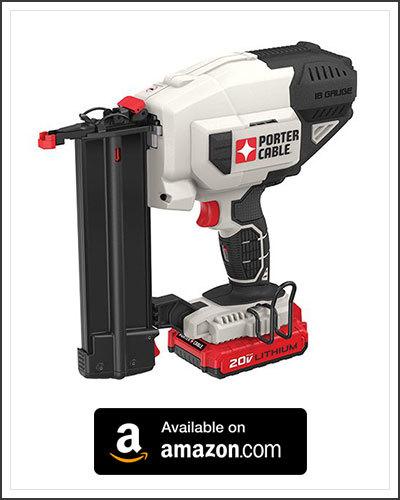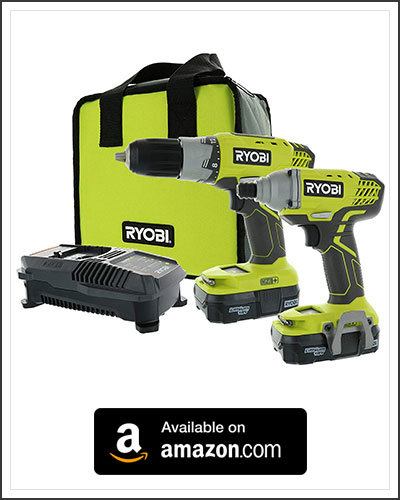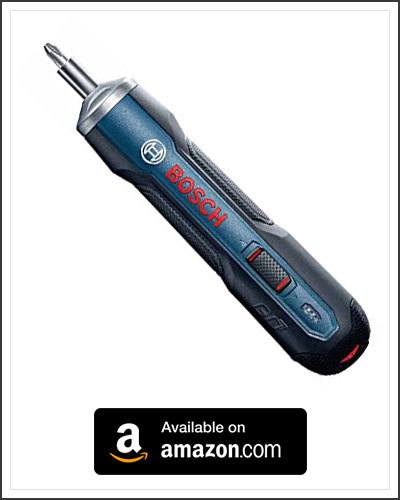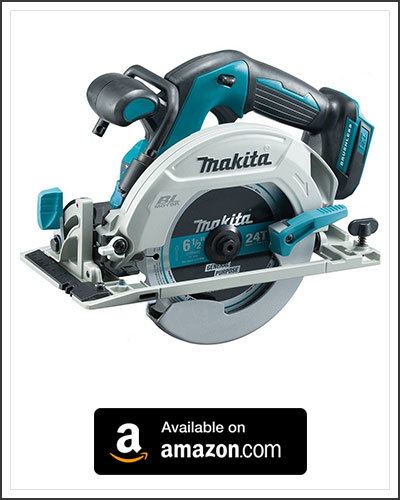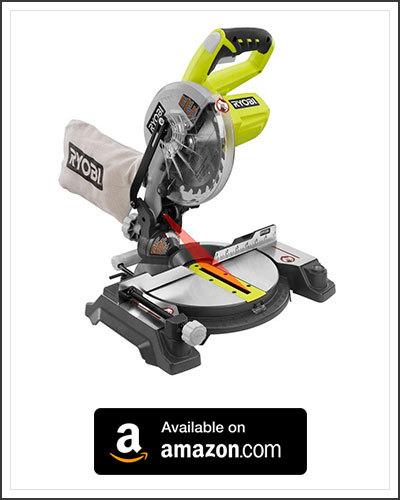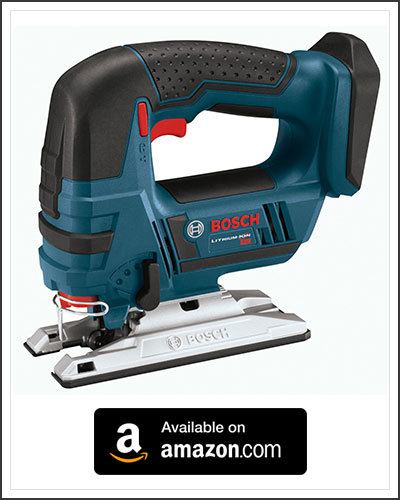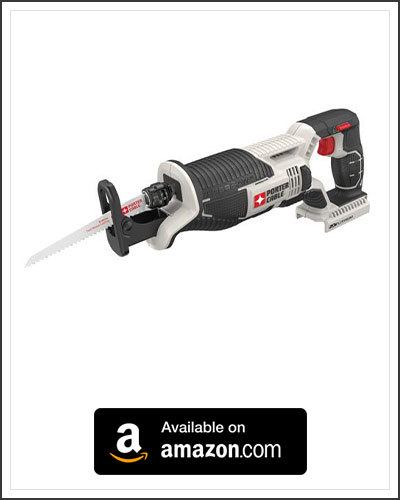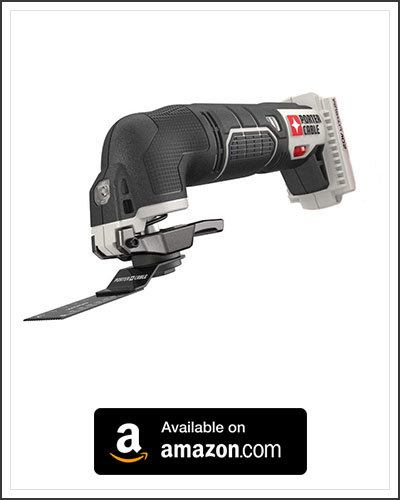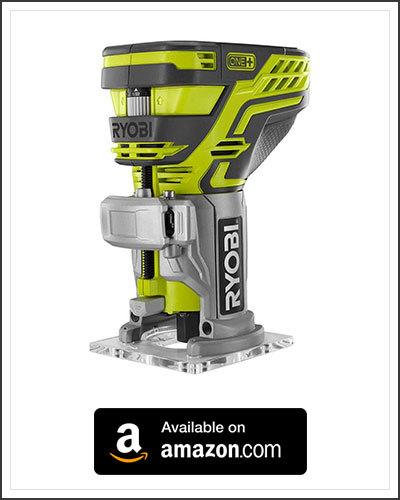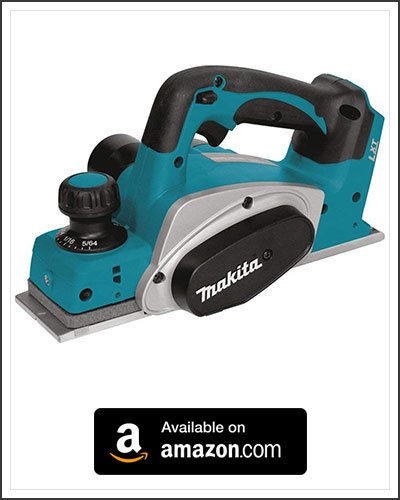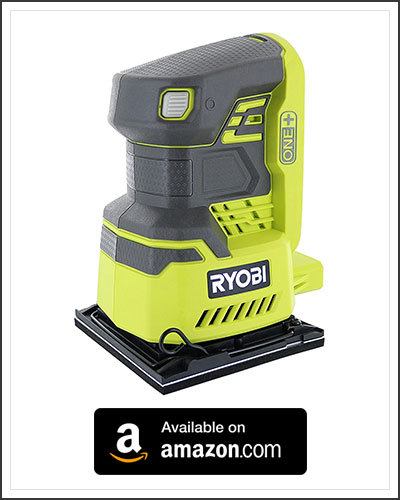
Best Cordless Power Tools for DIY and Home Projects
When tackling those odd jobs around the house, or building yourself a new chest of draws, having the right tools for the job can take the hassle out of these projects. Furthermore, if you use the same brand of power tools that use the same voltage, most of their batteries can be interchangeable, lowering the amount of batteries required to power your tools.
In this article, we will be covering the basic set of handyman tools that can be used for most, if not all household projects. At a fraction of the cost of industrial tools used by tradesmen, these tools are great for small projects, home repairs and as gifts for the hobbyist craftsman.
As for our favored brands, we feel that you can’t go wrong with:
One other thing to be mindful of before you start using power tools, is Personal Protective Equipment (PPE), namely:
Affixing Nails and Screws
Not all jobs have adequate space for swinging a hammer or turning a screw driver. This is where electric screwdrivers, nailers/nail-guns, and drills come in. Even those of our readers who have limited use with their hands, could benefit from using some of these bad boys.
Nail Guns
Otherwise known as a nail-gun, these tools are the electric equivalent of a hammer. When pressed against an appropriate surface, and it’s trigger is pulled, a nail is driven into the surface with enough force to bury the nail up to its head.
The nails themselves come in strips, that are loaded into the tool using either a cartridge, or along a guide track. When fired off, these tools can create some noise and give a bit of a kickback. As such like with most power tools, it would be best to use eye protection and ear plugs/ear muffs.
Drills
Whether you are drilling the pilot holes for screws or dowel, or using the drill to drive in the screws, having a light weight and powerful drill can make the world of difference.
Knowing ahead of time as to what your intended use will be, could save you the hassle of having to upgrade to a more powerful drill later on. If you are only going to be drilling holes and inserting screws, a weaker drill is perfectly fine, and may even save to a couple of bucks. But if you tried using this sort of drill for boring or cutting out holes, it may be too weak and could potentially jam up, or it could over heat from the additional strain.
It is always best to make sure that any and all tools will be able to handle your intended projects, both current and future.
Electric Screwdriver
These little beauties make light work of inserting and removing screws. Ideal for reaching into those tight spaces where your hands either won’t fit, or they could get cut up on sharp edges.
For our readers that have arthritis, or are unable to grip a screwdriver with enough force to turn them, then an electric screwdriver might just be the dream tool for you.
Electric Saws
Power saws make cutting timber to length fast, easy and efficient. Not only can they be used to cut the timber to length, they can also be used to cut channels into the wood, cut out miter joints, or even notch out the ribs to help make the tenons and lap joints.
They are loud, sharp and tear away at the wood as they cut through. As such we highly recommend full use of all PPE. There is a risk of hearing loss without ear protection, dust or splinters could get in your eyes, and respiratory issues could result from inhaling the saw dust being produced. Gloves will not protect you from losing a finger should you place a finger under the blade as it spins, it can however reduce the amount of damage you may receive from any nicks and cuts.
Circular Saw
Portable and not very cumbersome, the circular saw is perfect for cutting timber to length on the fly. They are much faster then a handsaw, and result in a cleaner cut. Some models come with the blade on the right or left hand side of the saw, making it easy for us to find the saw that we are more comfortable using.
Compound Miter Saw
Miter saws can be tilted and angled for the perfect cut. With the use of a stop gauge they can be set up to cut every piece of timber to the same length. Unlike a Sliding Miter Saw which is pulled towards the operator, a compound miter saw’s blade is pulled down on top of the timber. A good saw will return to its upright position when released, and lock into place until the latch is disengaged.
Jigsaw
Whether you are cutting out a utility slot for a new power point or vent, or an ornate hole in a piece of furniture, the humble jigsaw is the perfect tool for the job. Functioning much like a band saw, or hacksaw, the jigsaw can be used to cut out patterns and shapes. Simply by changing the grade of the blade, you can switch between making broad and finer detailed cuts.
Reciprocating Saw
Trying to cut through timber that is off the ground can be difficult. Using a circular saw at this height can be dangerous, as the change in pressure that is applied could cause the saw to run away from you, or be dropped. Instead of having to use a handsaw, you can use a reciprocating saw instead. The small saw blade moves back and forth much like a hand saw, but makes cutting through timber and boarding much easier.
Detailing Tools
Detailing tools such as Routers and Multi Tools can be used for more things then just detailing edges. They can be used for notching out channels in wall frames, creating hand holds, or even for widening opening. Just be sure to familiarize yourself with your tools before trying to do things you are not familiar with.
Like most other power tools, detailing tools can be noisy, and generate a lot of debris and dust, as well as having sharp edges. As such we recommend the full use of PPE just to be on the safe side.
Multi Tools
Just as the name suggests, these tools can have multiple uses. With a quick and easy change of the head attachments, you can go from sander, to saw, or even a carving tool. These tools are great from getting into places that other tools can’t fit, or may even cause damage to surrounding walls or floors. A great example or this would be trying to remove a section of skirting board. The multi tool can cut that section of board off the wall without having to remove the whole skirting, or damage the floor near the cuts. Be sure to use the correct tool attachment for the job, and that the saw blades are hard enough.
Routers
If you would like to remove the sharp edges off a length of timber, you could use a sander. Or if you would like a more even and consistent finish, then consider using a router. Much like the multi tool, the router can have its head swapped out for different cutting edges. From gentle rounding of the edges along the length of the timber, to deeper decorative edging, the router can literally shape the edges of timber. They can also be used to cut out channels and slots in timber frames and slabs, or even to make joints for furniture and other carpentry projects.
Sanding
Whether you are giving the project a smoother finish, applying coats of sealant or stain, or even reducing the dimensions of the timber, there are cordless options out there for you.
Regarding PPE, ear, eyes and breathing protection is advisable.
Planers
Technically not sanding, electric planners make stripping excess timber to the required thickness a breeze. Usable on both raw material and for adjusting pre-assembled projects, a planner can be used before a sander to help speed the process up.
Palm Sander
Palm sanders fit comfortably into the palm of your hand. By using different grades of sandpaper, you are able to quickly remove lots of wood from the projects surface, leaving behind a rough text. Or much more slowly, removing small amounts of wood until the surface is smooth, almost polished. Trying to do this by hand is not only time consuming, if it is something you are not use to, it can lead to cramping in either our arm, hand or both.
Conclusion
Remain within your budget and plan ahead. It would be best not waste money on something you are only going to use once. Nor is it a good idea to buy something that you will need to upgrade at a later date. Best of luck with your DIY and home projects and have fun completing them.

